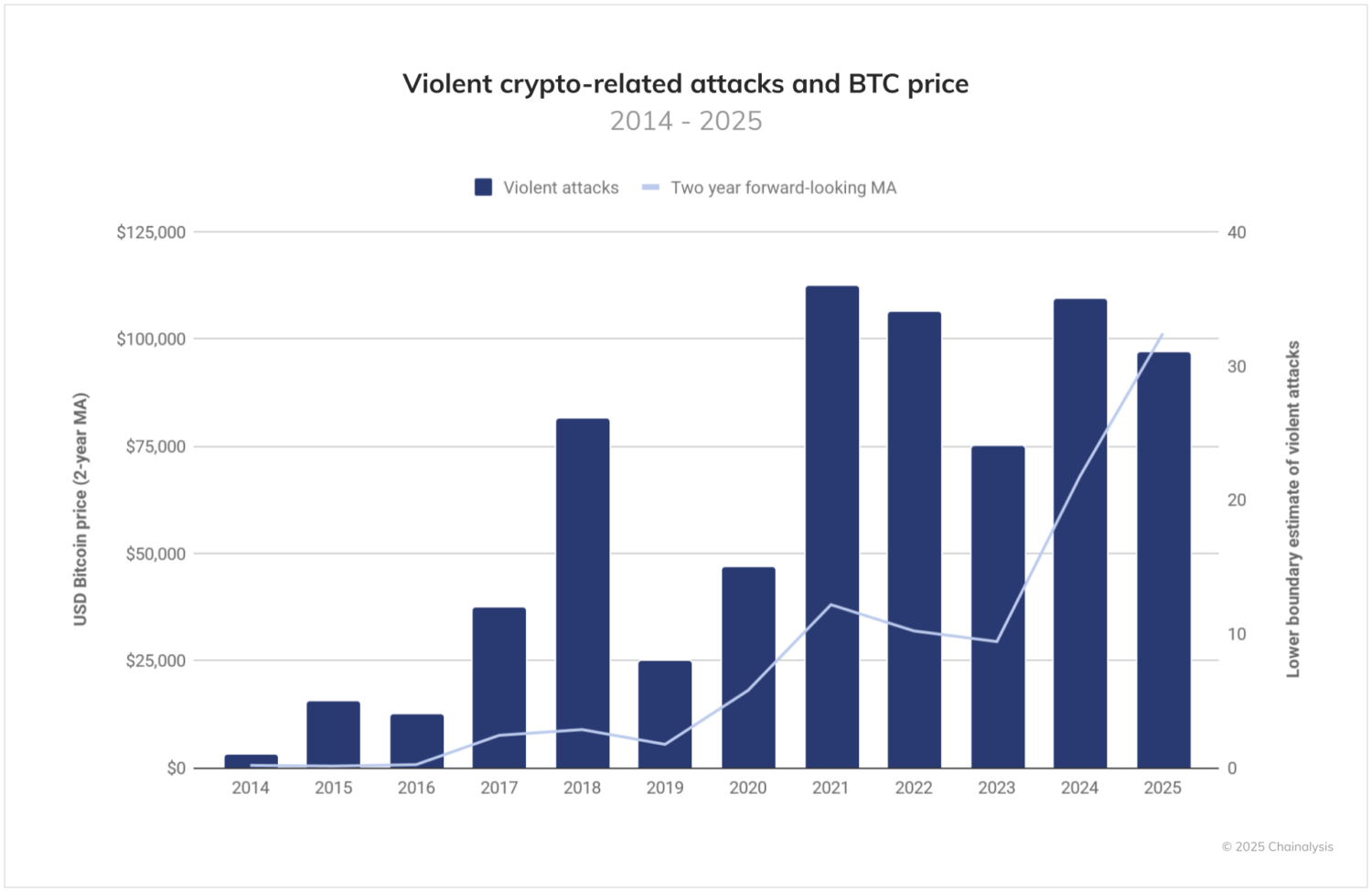Even after two years of HR leaders focusing on integrating artificial intelligence into their organizations, 67% of companies still struggle with AI scaling company-wide, according to recent research from Asana’s Work Innovation Lab, conducted in partnership with Stanford University and the University of Pennsylvania.
The study—based on feedback from over 3,100 knowledge workers and data from 112,000 employees across more than 350 organizations—reveals a significant disconnect between leadership and employees regarding the scaling of AI adoption.
“AI isn’t a technology shift; it’s a work shift,” write report authors. They say this circumstance demands a human approach, placing HR leaders at the center of a movement to bring all levels of the organization together to scale AI to achieve business outcomes.
Collaboration is on the rise
This challenge of aligning teams on AI scaling rises amid unprecedented pressures for workplace collaboration. As Pranav Gupta, assistant professor at the Gies College of Business at the University of Illinois, notes in his Handbook of Virtual Work, “Fifty years ago, we only spent 10% of our work time collaborating.
“Now, more than 70% of a company’s employees spend time collaborating on increasingly complex problems, creating information overload and affecting employee productivity,” he writes. Gupta argues that current collaboration models are unsustainable, noting the time spent on “rote day-to-day tasks.”
He says HR and business leaders need their teams to think bigger when faced with constant change. Gupta posits that emerging HR technologies with built-in AI offer a promising solution by boosting team efficiency and driving better outcomes.
One of the Asana study’s most striking findings is the presence of a “leadership bubble” in AI adoption.
Researchers found that senior leaders are 66% more likely to be early adopters of AI than their employees, and managers are 38% more likely to use AI weekly compared to individual contributors. In other words, leaders and their teams aren’t taking advantage of these tools in unison.
Both Gupta and Asana’s research highlight the deficiency when AI is primarily being implemented for individual productivity rather than team collaboration.
Only one in five employees reports effective cross-team collaboration, and nearly half of current AI workflows are designed for solo use. “It’s like using the early internet just to post flyers,” says Gupta. “AI offers far greater possibilities.”
Read more: The power of collaboration: CHRO and CIO partnership
How HR can align departments on AI scaling—even their own
Although the findings suggest missed potential when AI adoption isn’t scaled through collaboration, there is evidence that new partnerships are emerging—sometimes from unexpected places. Notably, research by Asana found that AI is starting to foster collaboration between departments that have traditionally worked in silos.
One standout dream team? IT and HR. According to Asana, this partnership is foundational to effective AI adoption. HR drives engagement, understanding and trust among employees, while IT ensures security and infrastructure. Without both, AI systems either fail to scale or introduce significant risk.
“Companies that get AI right don’t treat IT and HR as separate functions,” the study states. “They make them co-creators in redefining how work gets done.” In fact, IT and HR are 49 times more likely to collaborate on AI initiatives than on other business projects, according to Asana.
To accelerate AI adoption across the organization, experts recommend several strategies:
Create dialogue at all levels
“If employees feel like AI is something that’s happening to them, not for them, adoption will stall and fail to scale,” says Dr. Mark Hoffman from Asana’s Work Innovation Lab.
Measure employee satisfaction
“Companies that track employee sentiment around AI are 32% more likely to see adoption across all job levels,” according to Asana’s research. Yet only 23% of companies currently do so.
Design team-first workflows
“Individual-first workflows drive only 6% of downstream adoption by colleagues,” the Asana study reveals. Findings suggest that a team-based approach is essential for scale.
Identify and empower AI champions
“Find maverick employees who tinker and do core work. Give them the time and tools to test their favorite AI solutions,” advises Gupta in his research on collective AI use.
Develop cross-functional AI projects
Asana found that employees working with others via AI are 30% more likely to adopt the tools themselves. When AI is embedded in interdepartmental workflows, adoption jumps—users are 46% more likely to embrace it when a cross-functional partner is already using it.
Train team leads in collaboration
“As AI becomes a better collaboration coach, identify managers interested in evidence-based management and train them in coaching fundamentals,” writes Gupta. “Teams need guidance to understand, adopt and evaluate AI-driven collaboration.”
Credit: Source link










